When you think of hippies, the first thing that probably comes to mind is the free-thinking, free-loving, flower-power movement of the 1970s.
Flares trousers and floaty maxi dresses, headbands, and peace signs were all the rage, and musicians like Neil Young and Joni Mitchell laid the soundtrack for the decade.
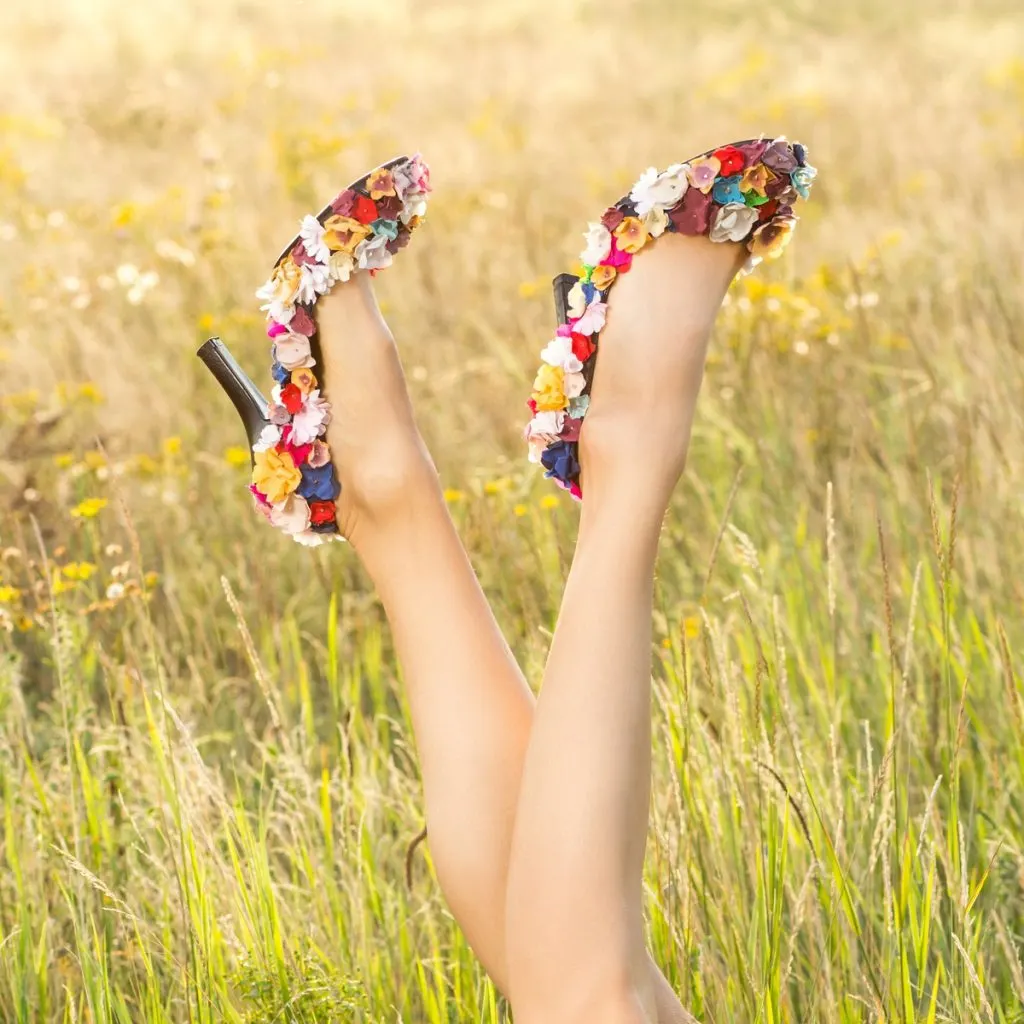
It was a time of experimentation, liberation, and self expression. Hippies gathered at Woodstock and other famous events to bask in togetherness and to stand up against the war in Vietnam and the capitalist values that gripped the world.
Looking back, it is no wonder that the hippies of the 1970s have been so etched into our cultural consciousness, and that their fashion choices have become as iconic as their political and social ethos.
These days, hippies of all generations still exist.
Some golden oldies still identify as hippies through their nostalgia for younger years, whilst new generations identify with the hippie culture through their environmental consciousness, and spirit of optimism and liberality.
And whilst there have been some notable changes to the fashion staples of this particular demographic, the overall aesthetic remains the same.
If you are wanting to dress like a hippie for a costume party, or because you embrace their values, one thing you will need to get right is the footwear.
Luckily, you have come to the right place. In this article, we detail the types of footwear that you can expect to see a hippie wearing, as well as what types of outfits they might pair their shoes with.
Bare Feet
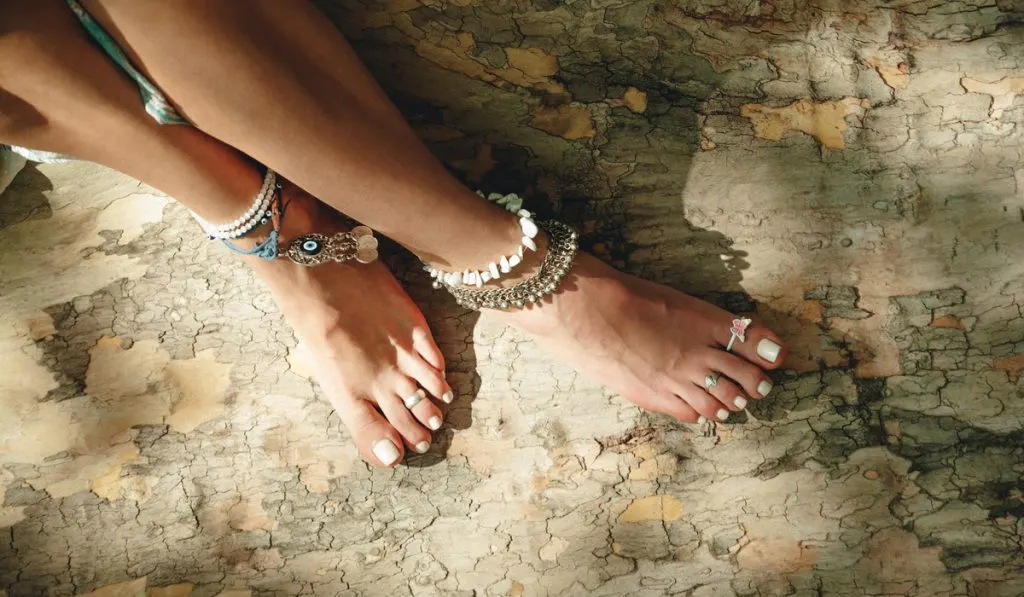
Surely, the most iconic and recognizable footwear choice for any true hippie is to wear no shoes at all.
The image of the happy hippie, walking barefoot through open meadows is about as iconic as they come. This trend was linked to the hippie movement’s affinity with freedom and liberation.
The notion that societal expectations were restrictive and limiting was one of the fundamental themes of the hippie movement, and wearing shoes, ties, and holding a briefcase and going to work was all a part of this.
Therefore, walking barefoot became a way to express your rejection of imposed societal norms.
Sandals
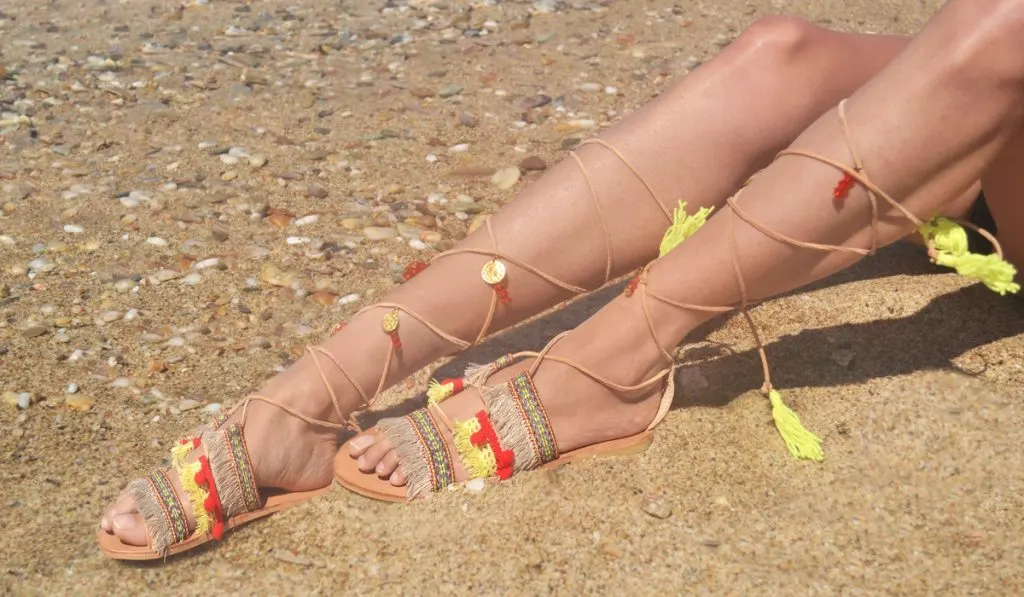
Of course, wearing no shoes whatsoever is only a practical choice when it is soft underfoot. Even hippies would find it difficult to wander around the city streets bare foot, and this is where sandals came in.
Sandals are about as close to being barefoot as you can get without actually risking getting cuts and bruises. For this reason, the leather or “Gladiator” sandal was a popular choice of footwear for hippies in the 1970s.
In particular, the “Jesus Sandal” or “Roman Sandal” were popular choices, both of which involve long straps being wound multiple times around the ankle and lower leg in order to secure the shoe to the foot.
The sandal conjures associations with ancient civilizations, simpler times, and a connection with nature. All of these things were central to the hippie ideology.
If you are headed to a fancy dress party as a hippie, you can easily attach some long lengths of string to your sandals and wind the string up your leg to recreate this look very authentically.
Winklepicker Shoes
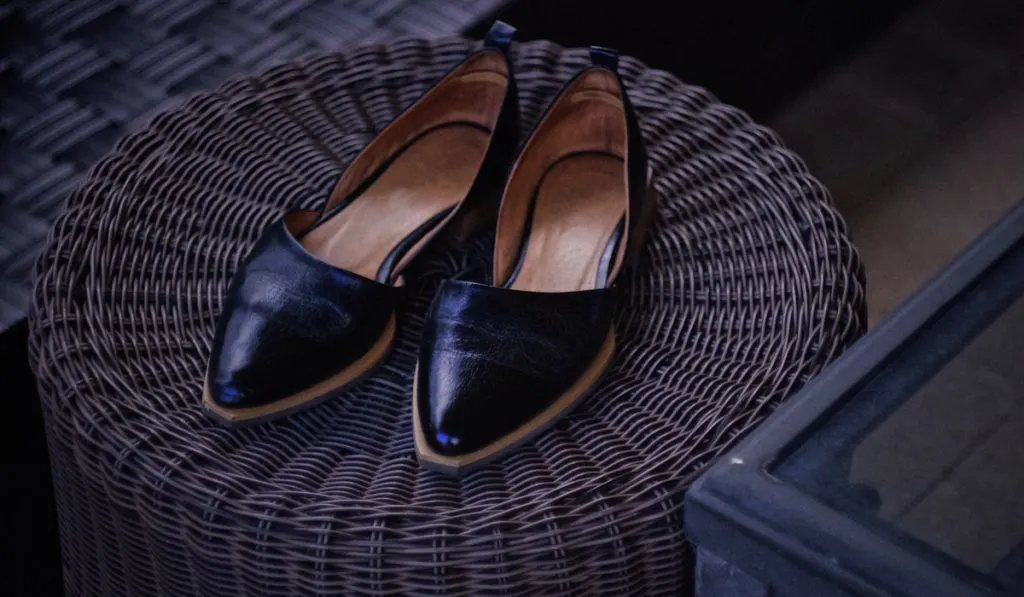
For hippies living in slightly more seasonal areas, the necessity for shoes gave way and the Winklepicker became the brand of choice.
Winklepickers are comfortable leather shoes that are famous for their long, slightly turned-up toes and small Cuban-style heels. These shoes were mainly popular among men as they added length and height to the silhouette.
They were too flamboyant a shoe to be conventional, and they were seen as a way that the younger generations could express individuality and audacity in the face of restrictive social norms.
These shoes were made famous by stars such as The Rolling Stones and Robert Smith. The name “Winklepickers” makes reference to the medieval tradition of picking snails of rocks with the pointed tip of your shoe.
These days, Winklepickers are still worn by kooky celebrities and indie rock bands like The Killers and The Kings of Leon.
Chukka Boots
Chukka Boots were another brand of footwear that became particularly popular during the 1970s hippie movement.

These comfy boots were recognizable for their wide toe box, relaxed fit, ankle height collar, and leather or suede material.
Lace up leather boots became a signature fashion piece in any hippie wardrobe because of the use of organic material over a man-made, synthetic alternative.
The popular belief that organic materials were more authentic meant that these types of boots were incredibly popular among hippies.
These days, modern hippies generally try to avoid wearing leather or suede due to the impact on climate change and global warming caused by the leather industry.
Instead, faux leather is far more preferable, and a focus on sustainability is the most important fashion statement a hippy can make. As such, old boots bought at a flea market or second hand thrift store are the height of hippy chic.
Knee-High Boots
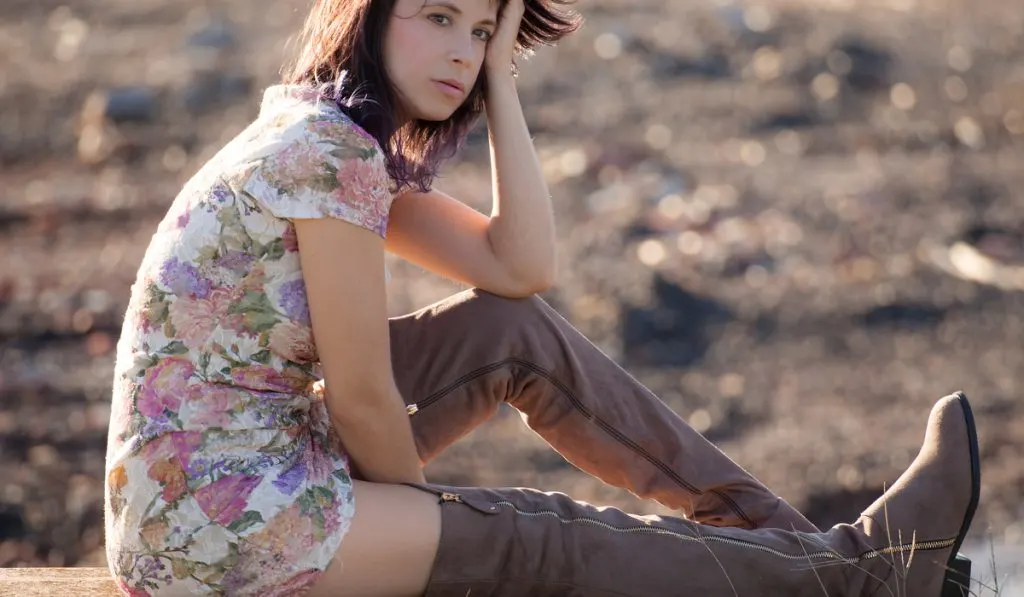
The hippie movement coincided with the women’s liberation movement, and as such, hippie women enjoyed wearing footwear that reflected their individuality and independence.
Knee-high boots were a popular choice for hippies, especially when paired with mini skirts.
The mini skirt was a new and risqué fashion garment that emerged in the 1960s and demonstrated a complete break from the rules and limitations that female sexuality had previously faced.
These tall boots and short skirts made a bold statement and sent a message of nonconformity, daring, and experimentation.
Canvas Shoes
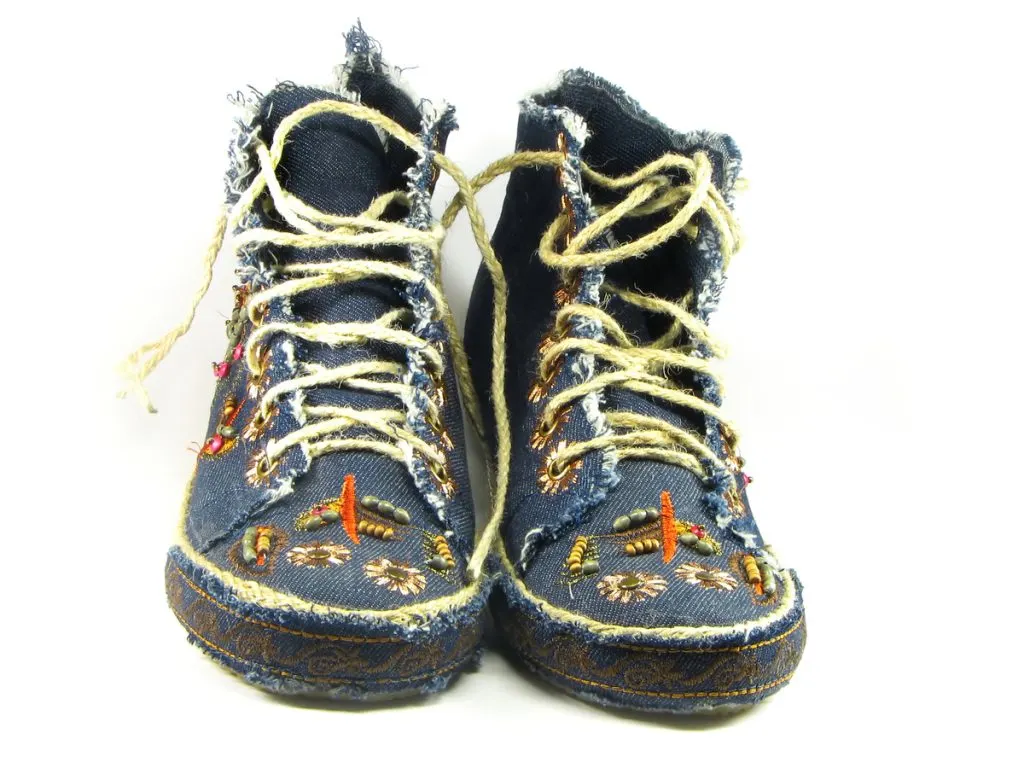
Another popular choice of footwear among hippies were simple lace-up canvas shoes. The hippie aesthetic drew much inspiration from paganism and a distant pastoral era.
“Peasant chic” was evidenced in the wearing of long, flowing skirts and wide, billowing blouses. Canvas shoes were the perfect way to finish off any hippie outfit because of their organic material and understated design.
Final Thoughts
Bold colors, basic styles, and organic materials were the key to popular footwear in the hippie movement of the 1970s.
These days, much of the original aesthetic remains the same, however, the use of leather and suede has been replaced in favor of sustainable, faux alternatives.
If you are headed to a hippie party anytime soon, try sandals, leather boots, or if in doubt… go barefoot!
